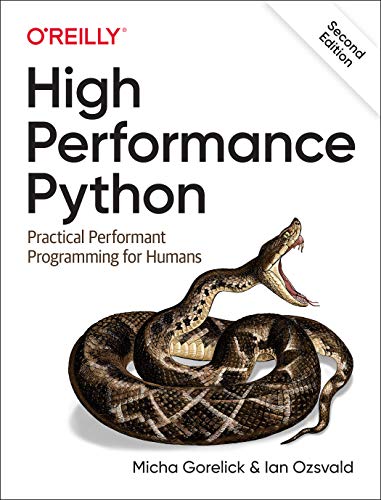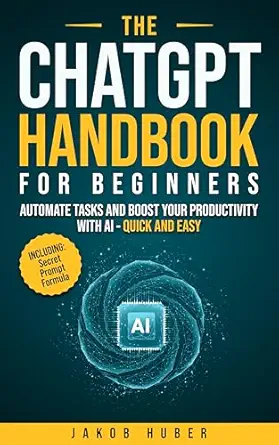دانلود کتاب High Performance Python, 2nd Edition - Original PDF
Author:
Micha Gorelick, Ian Ozsvald
0 (0)
توضیحات کتاب :
Your Python code may run correctly, but you need it to run faster. Updated for Python 3, this expanded edition shows you how to locate performance bottlenecks and significantly speed up your code in high-data-volume programs. By exploring the fundamental theory behind design choices, High Performance Python helps you gain a deeper understanding of Python’s implementation. How do you take advantage of multicore architectures or clusters? Or build a system that scales up and down without losing reliability? Experienced Python programmers will learn concrete solutions to many issues, along with war stories from companies that use high-performance Python for social media analytics, productionized machine learning, and more.
سرچ در وردکت | سرچ در گودریدز | سرچ در اب بوکز | سرچ در آمازون | سرچ در گوگل بوک
1,252 بازدید 1 خرید










